Bengal The Story Behind the Arrest of Activists Objecting to Deocha Pachami Coal Mine
While the protest meeting itself was peaceful and without police presence, trouble started as the protesters returned home and nine people were arrested.
India’s oldest Socialist Weekly!
Editor: Dr. G.G. Parikh | Associate Editor: Neeraj Jain | Managing Editor: Guddi
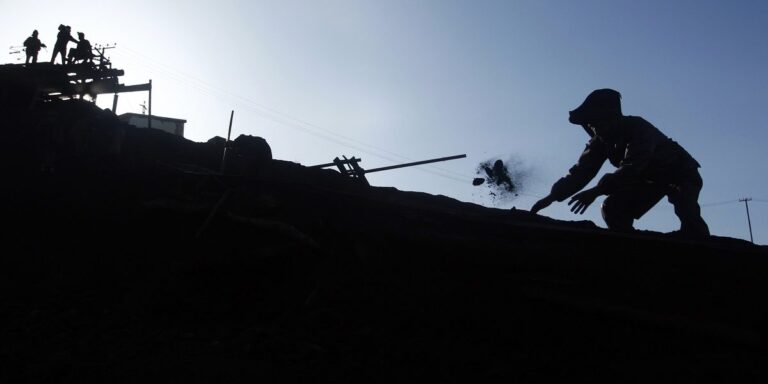
While the protest meeting itself was peaceful and without police presence, trouble started as the protesters returned home and nine people were arrested.
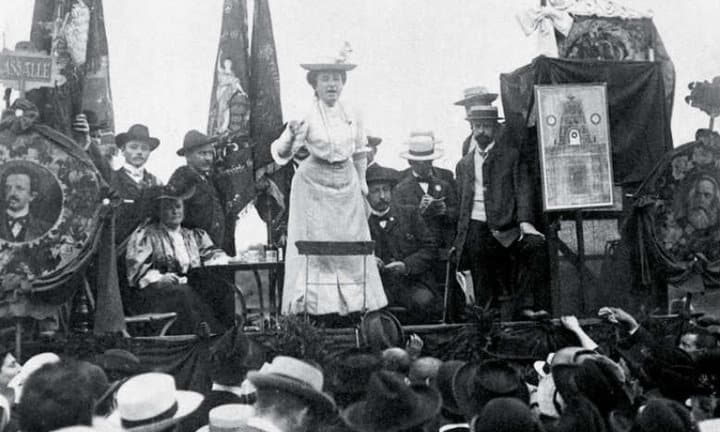
Rosa Luxemburg was a Polish and naturalized German revolutionary socialist; Manuela Sáenz fought by the side of Simón Bolívar to unify South America; Harriet Tubman fought during the US Civil War as a leader of Black and white troops fighting for freedom.

On February 28, the Khartoum Coordination of the Resistance Committees proposed the “Charter for the Establishment of the People’s Authority”, setting forth a militant roadmap to democracy.

The initiative, which placed the protection of the environment above the interests of the transnational companies, was celebrated by environmentalists and social organizations across the country.
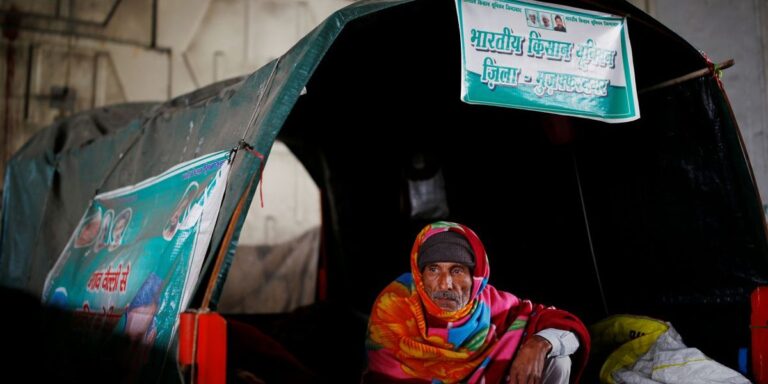
By modifying the form and shape of the tractor-trolley, the farmers and their allies created a symbol of the working class with no state control or sponsorship and no commodification by any private player.

Thousands of demonstrators took to Mali’s streets on January 14. What is the general context in which these demonstrations took place? What are the positions of the actors in the crisis? How did international actors react, including France and Russia?

Pandita Ramabai’s cause drew an enthusiastic response from American progressives. According to historians, it was the first time American philanthropy departed from its support for the British policies in India and turned its attention to the erupting movements in the country.
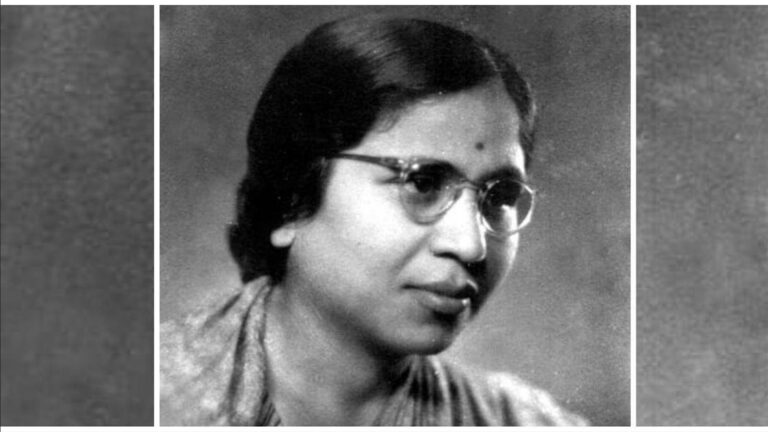
Recalling the role that the educated, upper-caste, upper-class young woman from Mumbai, Godavari Parulekar, played in the famous Warli revolt that she led from 1945 to 1947, wherein she taught the Adivasis of Dahanu and Talasari tehsils to ‘fight well’, and free themselves from oppressive practices of decades.
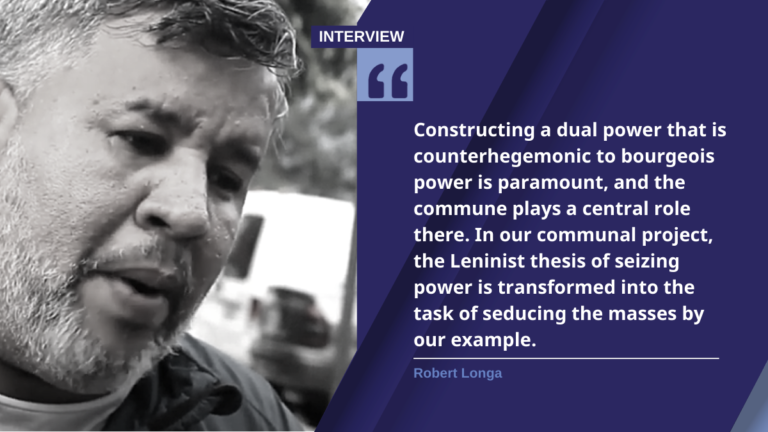
A key spokesperson of the Alexis Vive Patriotic Force, an urban commune in Venezuela, talks about the challenges of building an urban communal project and the organization’s vision of the future.

After the 1979 Sandinista victory, living conditions for women drastically improved. The subsequent period of neoliberal rule (1990-2006) did not completely overturn these achievements. Now, during the second Sandinista period (2007- today), the material and social position of women has again made giant steps forward.
Janata Weekly is India’s oldest independent socialist weekly.
Ever since its founding in 1946, Janata has voiced its principled dissent against all conduct and practice that is detrimental to the cherished values of nationalism, democracy, secularism and socialism, while upholding the integrity and the ethical norms of healthy journalism. For more than seventy years now, week after week, it has continued to analyse the changes taking place in the country and the world from a socialist standpoint, and thus promote the spread of socialist ideology in the country.
Address: D-15, Ganesh Prasad, Naushir Bharucha Marg, Mumbai- 400007.